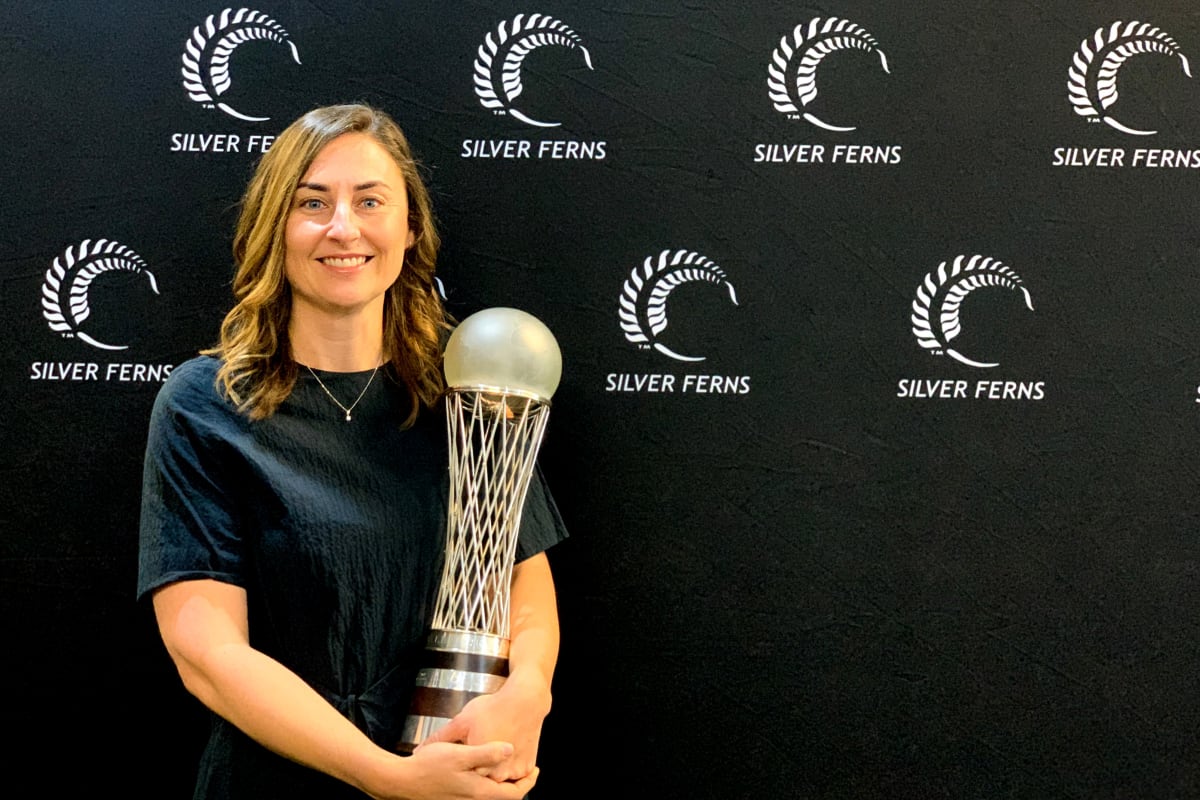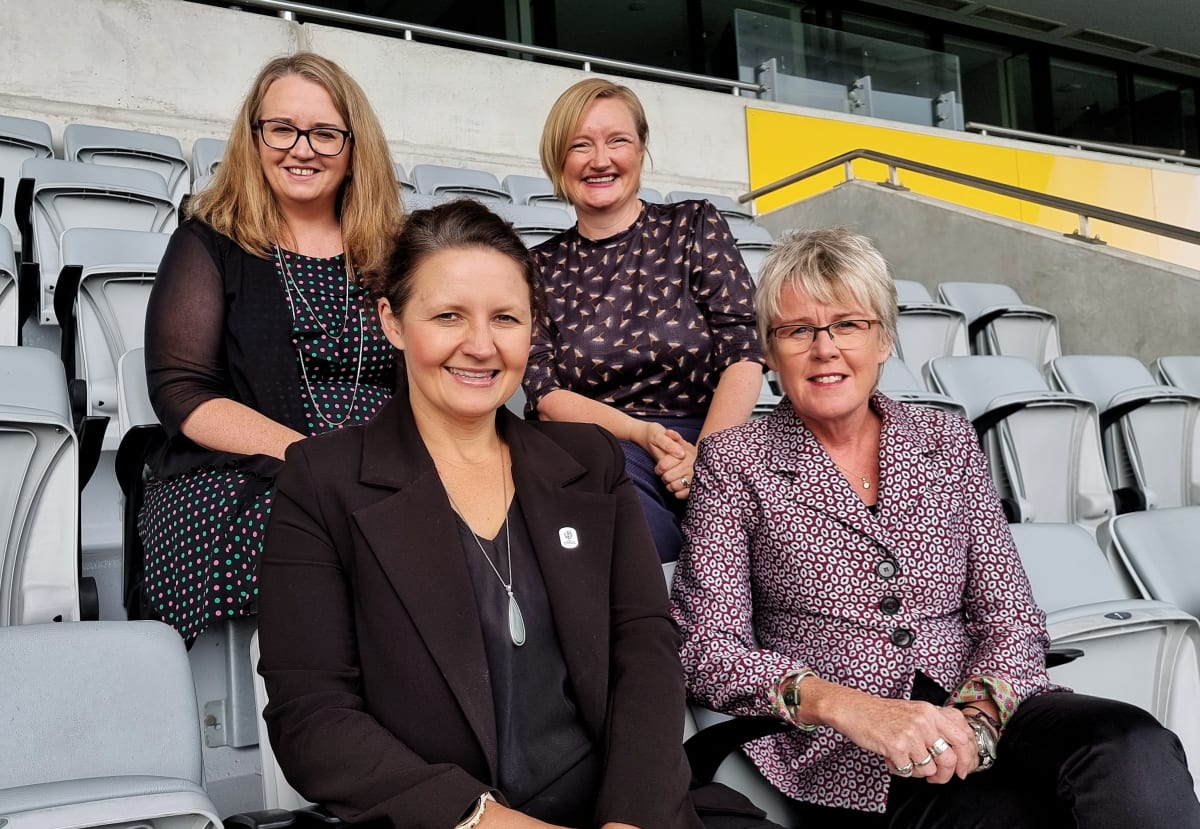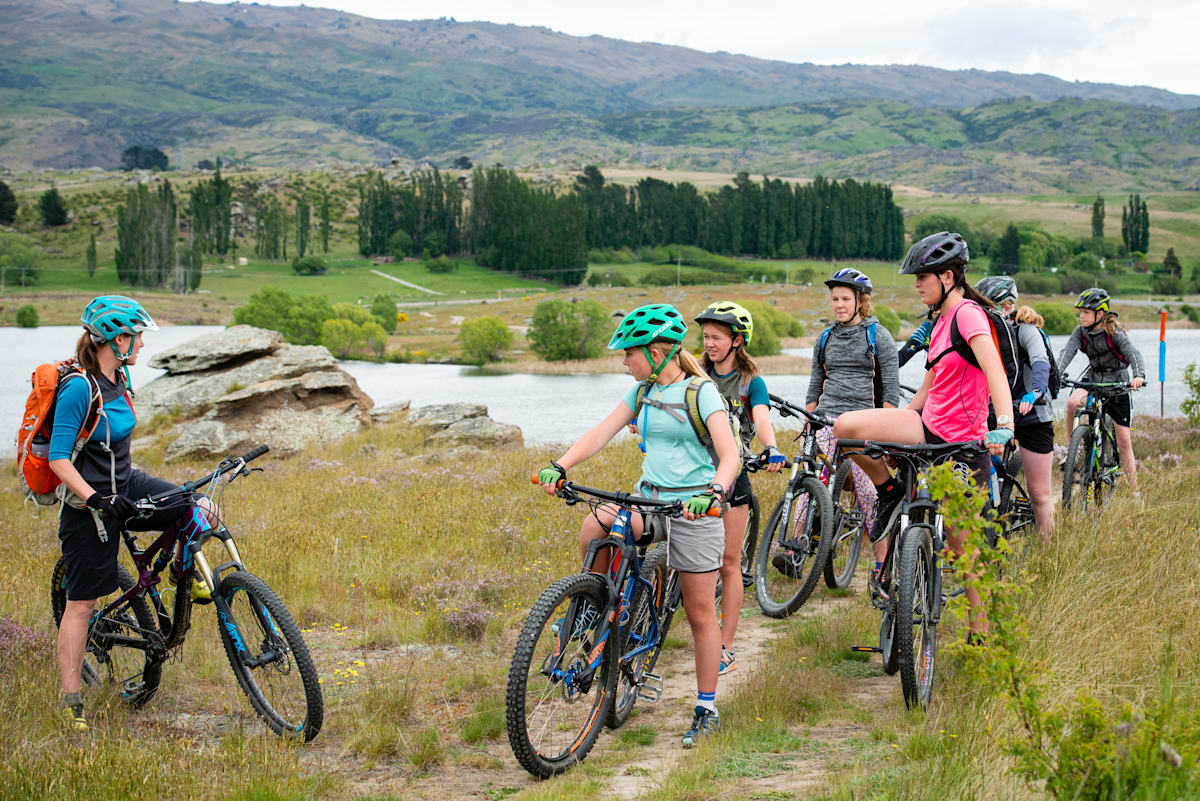
As UN International Women’s Day dawns in Aotearoa, it’s a moment to reflect on all that's been achieved for women in sport in the last five years, and invite people to share their stories, writes WISPA's Rachel Froggatt.
Today marks exactly five years since the official launch of Women in Sport Aotearoa, Ngā Wāhine Hākinakina o Aotearoa - or WISPA.
I often think about how that first meeting was described to me: our co-founders, Julie Paterson and Professor Sarah Leberman, brought our 22 original foundation members together in a room in late 2016 and asked them one simple question: “Do we think the New Zealand sport and recreation system can achieve widespread equity for women and girls by itself, or does it need a positive intervention?”
The answer was unanimous, and Women in Sport Aotearoa was born.
Today, WISPA is New Zealand’s leading independent advocacy and research agency dedicated to achieving equity of opportunity for women and girls to participate, compete and build careers in play, active recreation and sport.
WISPA is also the host agency for the International Working Group (IWG) on Women & Sport Secretariat and will stage the re-scheduled IWG World Conference in Auckland this November.
In fact, we will be re-launching registrations later today, along with a new IWG World Conference Hub containing our first “programme-at-a-glance”, early session information and new details about how we're putting the whole experience together.
With New Zealand's borders starting to re-open, we expect a significant international delegation here in November, including the likes of the International Olympic Committee, World Rugby, UK Sport and the Women’s Sports Foundation from the United States. We’re anticipating more than 1200 leaders will join us at the Aotea Centre and online across four days. But more on that later.
In those early years, WISPA had a pretty lonely existence.

Five years ago, there was very little political or system interest in addressing gender inequities. Female leadership amongst national sport and recreation entities was by exception, although a small number of females CEOs were setting an outstanding benchmark – our own Julie Paterson now at Tennis NZ; Jennie Wyllie at Netball NZ, Claire Beard at Triathlon NZ, Fiona Allan at Paralympics NZ, and Kereyn Smith at the New Zealand Olympic Committee. There was also the likes of Nicki Nicol breaking senior leadership barriers at NZ Rugby.
With the exception of netball, female participation numbers languished, as many sports remained male-dominated. High levels of dissatisfaction were being reported by women and girls at all levels of the system.
Media coverage hovered around 11 percent for women's sport. And for the most part, excluding the mixed gender Olympic and Commonwealth Games deals (and the newly-minted Paralympics broadcast deal), netball was the only sport routinely showcasing our female athletes.
Our elite female athletes were for the most part not getting paid (outside of ANZ Premiership netballers and Games athletes in the high performance system).
Female high performance coaches were an unusual sight away from the premiership netball court. And it could never be guaranteed that our sports venues and facilities were safe or appropriate for female users.
Fast forward and the landscape has changed significantly.
As I’m writing this, I’m watching the ICC Women’s Cricket World Cup 2022 out the corner of one eye. It got underway in Mt Maunganui on Friday, with eight of the world’s best women’s cricket teams now putting on an epic showcase.
Up and down the country - under the exceptional leadership of CEO Andrea Nelson - hundreds of men and women from the local CWC22 organising committee, NZ Cricket, the venues, and a myriad of support services are working with fervour and enormous grace against the enormous challenges presented by the “red” setting of the Covid protection framework. When you speak to any one of them, their commitment to staging the best possible tournament, and setting up a positive legacy for young cricketers around the globe, is almost palpable.
As an aside, it’s our great honour to be one of the official charities of the tournament, and this week we get underway with an exciting new women’s leadership initiative in partnership with the International Cricket Council (ICC).

In October this year, the next event in what has fondly become known as “The Big Four” will take place, with tournament director, Michelle Hooper, and her team stating an intent to deliver the best Rugby World Cup for women ever played.
Setting up and defending such high expectations has created a catalyst for change within World Rugby systems, with the players all receiving elite team services for the first time in history. Hotel rooms, rather than university dorms; first-grade training and playing surfaces; world-class match venues with rich history of hosting international rugby. And our Black Ferns are on full-time professional contracts for the first time.
A legacy from hosting both the cricket and rugby World Cups here, and the third tournament of the “Big Four” – the 2023 FIFA Women’s World Cup – has been facility upgrades. Venues the length and breadth of the country have had their women’s change rooms and bathroom facilities upgraded ahead of the tournaments, following recognition that – in this day and age – it was outrageous travelling women’s teams were expected to use male facilities. (Ask any women that comes face-to-face with a wall of urinals how welcome she feels!)
Jane Patterson, Chief Operating Officer for FIFA 2022 and her team in New Zealand, have been immoveable about bringing playing surfaces and facilities up to scratch to meet FIFA’s standards. Keep in mind the FIFA Women’s World Cup is now the biggest women’s sports event in the world and nearly twice the size of the men’s Rugby World Cup.
Rounding out the “Big Four” is WISPA’s very own event, the 8th IWG World Conference on Women & Sport - the largest gathering in the world dedicated to advancing gender equity and equality in sport and physical activity.
After being delayed by six months by the pandemic, this event is shaping up to be quite something, I have to say. More than 220 sessions are confirmed and almost 500 presenters are scheduled to present from all over the world.
Underneath the umbrella created by “The Big Four”, there are many, many layers of change going on.
We supported the development and launch of the government's ‘Women and Girls in Sport and Active Recreation’ strategy in late 2018 and have since delivered parts of the strategy, such as the Sport NZ Women + Girls Summit.

This strategy saw Sport NZ introduce governance mandates, which have ensured 40 percent gender equity on the boards of all their funded partners for the first time. And recently we’ve seen the launch of Sport NZ's “It's My Move” campaign, to support positive experiences for female rangatahi in sport and active recreation.
Stemming from a government vision to achieve equity, set more than three years ago by incoming Minister for Sport & Recreation the Hon Grant Robertson, we’re seeing regional sports trusts appointing ‘Women in Sport Leads’ and teams dedicated to ensuring the experience for women and girls improves. And we are seeing investment at community level by most of the big national sports organisations.
All of this momentum has naturally triggered engagement from other stakeholders and we’re seeing some really interesting changes, such as broadcasters like our major partner, Spark Sport, and others like Sky Sport bringing in policies to ensure equity of coverage and balance in their presenting teams. We’re seeing big corporate sponsors like ANZ go all out in their sponsorship support for women’s sport.
When people ask me: "How did we get here?", I don’t think there is a single answer.
But if I was to pick one reason, I would say the unwavering commitment people have had to this kaupapa. It started off with dozens and became hundreds, if not thousands of people working every day to challenge and better the system. There are significant people without whom we would not be here – Yes, I’m looking at you, Minister Robertson and Sport NZ CEO Raelene Castle. But there are also people at every level saying: enough is enough.
As we celebrate International Women’s Day, it's these unnamed people I wish to acknowledge, to say thank you to, and to extend a special invitation to. We want your stories, so we can keep changing the future.
At 6am today, we sent our new WISPA Insight Hub live.
It goes live with 20 Insight Partners already signed up as contributors, including Sport NZ, High Performance Sport NZ, NZ Cricket, AUT Sports Performance Research Institute, many regional sports trusts. And of course, our friends at LockerRoom, whom for a very long time were our only compatriot in the effort to increase visibility of women’s sport.
The hub will host a collection of Aotearoa New Zealand and Pacific insights, research, toolkits and case studies to help advance and empower women and girls in play, active recreation and sport. Over time it is destined to become an incredible resource, designed to spotlight great work and inspire individuals, community groups and organisations with ideas that can be applied practically, to enable them to also help drive change.
Happy fifth birthday Women in Sport Aotearoa. It’s been a crazy ride so far.







